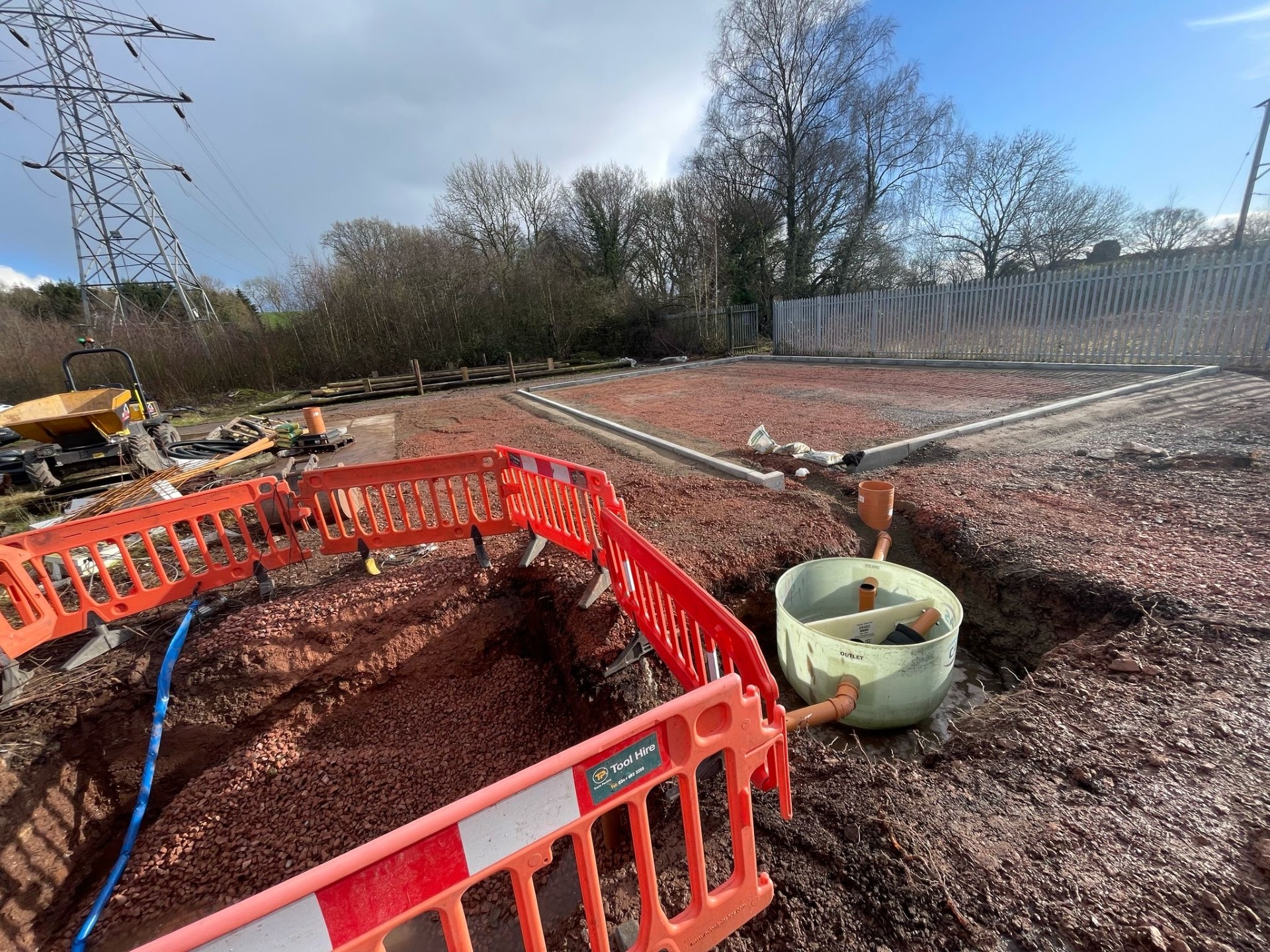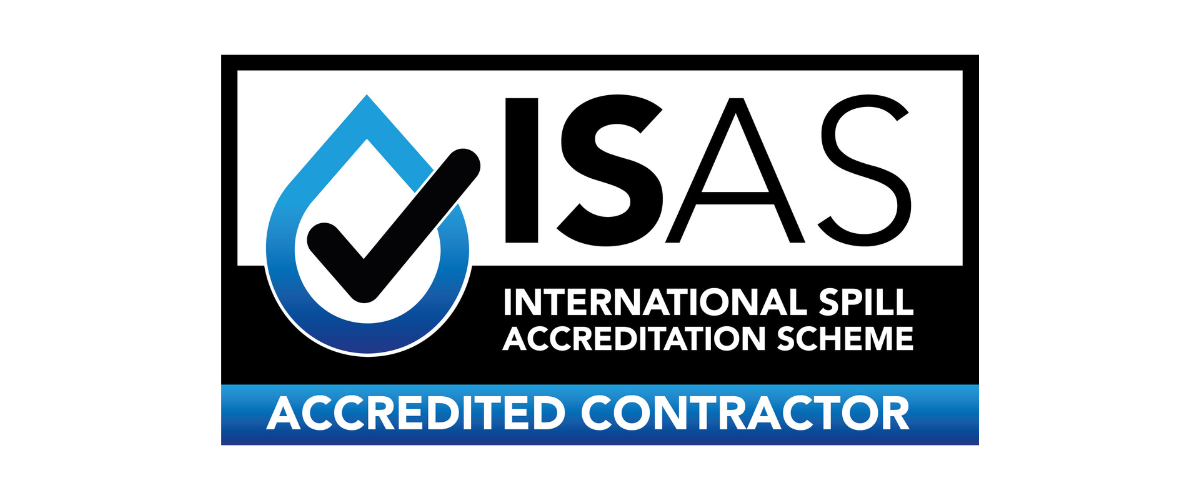GPT are the industry leaders in the design and installation of compliant storage areas for creosote and tanasote impregnated poles. Using our pioneering filters developed by GPT, our storage areas limit harmful leachate leaving site.
Creosote and Tanasote Pole Storage
Creosote and Tanasote are hazardous substances that are very toxic to aquatic life with long lasting effects. It is therefore vital that any leachate coming out of these poles during storage is prevented from entering the environment. Yet, storage areas for these utility poles often do not effectively address the environmental risks present.
The impregnation process can allow excess preservative to “leach” from the pole to the environment, particularly in hot weather where the creosote and tanasote viscosity is reduced. As a result, hazardous runoff can enter storm drains and pollute the environment. This is why secondary containment is essential for the storage of the poles.
A common misconception is that traditional interceptors can effectively manage creosote or tanasote discharge. They do not. Standard oil interceptors operate on phase partitioning, separating lighter oils from water. As Creosote is primarily heavier than water, a percentage of the creosote entering the interceptor will be able to bypass the filter, and continue to contaminate downstream sensitive environmental receptors. As elements of Tanasote are water soluble this allows some fractions to bypass traditional filtration systems and accumulate in the environment.
Our Solution
To prevent creosote and tanasote offsite discharge, we have designed and engineered a bespoke range of filters, specifically designed to remove these contaminants from water.
We can supply, install and maintain these risk-specific environmental controls directly, as well as collaborating with contractors designing utility depots and pole storage facilities, integrating these systems into their project plans.
Tailored to Your Site
Each storage facility presents unique challenges, requiring bespoke designs which balance environmental compliance with cost considerations. The appropriate solution depends on site-specific regulatory conditions.
For locations with historical creosote or tanasote contamination, we can provide remediation services to restore impacted land and infrastructure. For more information on how we can help you manage land contamination effectively click here.



Permeable Surfaces (Temporary Storage)
Where utility poles are stored on permeable ground such as chippings or grass, the leachate is able to enter the ground causing soil and groundwater contamination. In these cases, we will install an impermeable membrane beneath the area, topped with a layer of chippings to protect the membrane from impact damage.
A new drainage system is then installed directing all runoff and leachate to a specialist DNAPL filter. Additionally, creosote and tanasote selective absorbents can be installed to reduce contamination before the leachate reaches the impermeable membrane.
Impermeable Surfaces
Depending on site conditions, we are able to either create a new storage area, or retrofit appropriate secondary containment to ensure environmental protection. Where poles are stored on an impermeable surface, such as concrete, the creosote and tanasote leachate can then enter the site's drainage system, often discharging directly into controlled waters. Our system for preventing the contaminants from leaving site consists of sealing all civil joints, drainage alterations to ensure all runoff is captured, and installing specialist creosote and tanasote selective filters designed by GPT.
What is Creosote?
Creosote refers to a group of chemical preservatives used to protect wood from insects, fungi, and decay. As a biocide, it is highly effective but poses significant risks to both human health and the environment. The Creosote (Prohibition on Use and Marketing) (No.2) Regulations 2003 banned the general use of creosote due to its significant health, safety, and environmental risks.However, exemptions allow for its use in specific industrial and professional applications, including railways, electric power transmission, telecommunications, fencing, agriculture, and harbours and waterways.
Network operators use creosote preservatives to extend the lifespan of wooden utility poles. Previously, the process of impregnating the pole with creosote involved treating the pole and leaving it to mature for several years. Due to increasing demand for poles, the maturing period has been shortened, leading to poles being delivered and subsequently stored wet or prone to leaching (especially in warmer conditions). Hence the requirement for designated pole stores where leachate is contained and managed responsibly, protecting the environment and general public.


.png)
What is Tanasote?
Tanasote is gaining traction as a replacement for creosote, with a growing use in agriculture, rail, and utility sectors as creosote use is phased out.
Tanasote is an oil-based copper wood preservative that has been developed for industrial, high-risk applications including utility poles, railway sleepers and agricultural fencing. It enhances the durability and lifespan of the timber, and provides superior resistance to environmental stressors and biological threats.
Despite these benefits, tanasote is a hazardous substance which must be properly contained and prevented from escaping the storage areas and causing serious environmental damage. Tanasote's Safety Data Sheet states that it is corrosive and very toxic to aquatic life.
Hence the requirement for designated pole stores where tanasote leachate is contained and managed responsibly, protecting the environment and general public.














